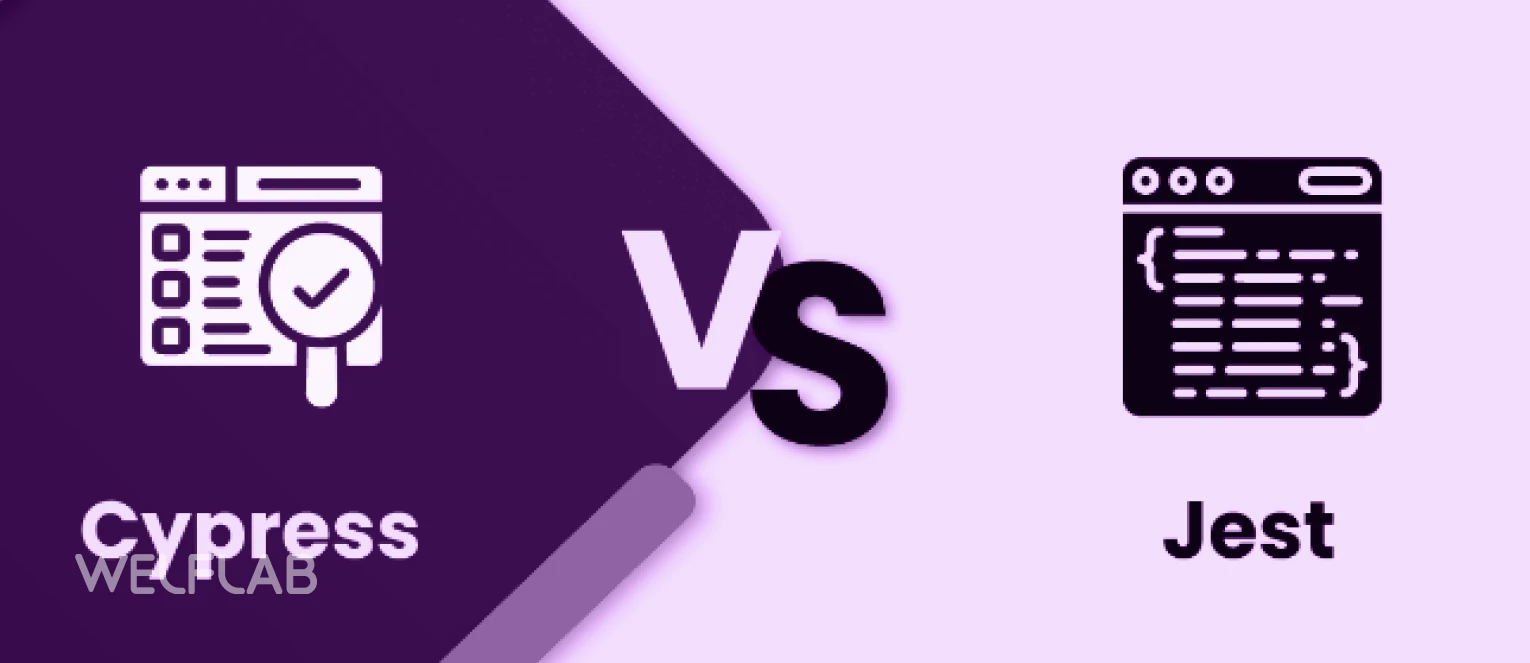Introduction to Cypress and Jest: A comparison of Testing Frameworks For your Project
When it comes to testing frameworks for your project, choosing the right one can be a critical decision. Two popular options in the JavaScript ecosystem are Cypress and Jest. Both frameworks offer powerful features and aim to simplify the process of waiting tests, but they have different strengths and use cases. Cypress is a modern end testing framework that focuses on providing an intuitive and developer-friendly experience.
It allows you to write tests in a simple manner using JavaScript or TypeScript , While also offering a visual test runner that enables you to see your applications as the test run. Cypress boasts an extensive set of features such as real time reloading, automatic waiting, and and time-travel debugging, making it ideal for testing complex web applications. On the other hand, Jest is a widely adopted unit testing framework primarily designed for JavaScript applications.
It emphasizes simplicity and speed while providing features like test parallelization, snapshot testing, and code coverage reports. Jest’s focus on unit testing makes it suitable for smaller projects or components within larger applications. In this article, we will delve into a detailed comparison of Cypress and Jest. We will explore their key features, differences in syntax and configuration, performance considerations, community support, integration capabilities with other tools or frameworks, and more.
Understanding The Key Factors In Choosing The Right Testing Framework For Your Project
When it comes to selecting a testing framework for your project, it is crucial to consider several key factors. Firstly, you need to assess the requirements and complexity of your project. If you are working on a simple application with minimal UI interactions, Jest might be a suitable option due to its simplicity and ease of use. However, if your project involves complex web applications with intricate UI interactions, Cypress may be a better choice as it provides robust end-to-end testing capabilities.
Another factor to consider is the programming language used in your project. Jest is primarily designed for JavaScript projects, making it an ideal choice if you are working with JavaScript or React applications. On the other hand, Cypress supports multiple programming languages such as JavaScript, TypeScript, and CoffeeScript. Additionally, consider the level of community support and documentation available for each framework.
A well-documented and actively supported framework ensures that you can easily find solutions to problems or seek help from the community when needed. Lastly, think about integration capabilities with other tools in your development ecosystem. Both Jest and Cypress offer integrations with popular tools like Continuous Integration (CI) systems and test runners. Evaluate how well these frameworks align with your existing toolset.
Evaluating Performance, Integration, And Unit Testing Capabilities Of Cypress And Jest
In terms of performance testing, Cypress stands out with its unique architecture. It runs directly in the browser, allowing for faster test execution and real-time debugging. It also provides automatic waiting and retrying mechanisms, which ensure stable tests even when dealing with asynchronous behavior.
On the other hand, Jest offers excellent integration testing capabilities. With its snapshot feature, it enables developers to capture rendered components’ snapshots and compare them against the expected output. This makes it easier to identify any unintended changes in UI components.
When it comes to unit testing, both frameworks provide robust solutions. Cypress has a built-in assertion library that allows developers to write expressive assertions easily. It also provides support for stubbing network requests and spying on functions. Jest offers a comprehensive set of matchers that simplify writing assertions as well as powerful mocking capabilities.
To make an informed decision between Cypress and Jest as your testing framework, consider your project’s specific requirements regarding performance, integration testing needs, and the level of granularity required for unit tests.
Exploring Additional Features: Snapshot Testing, Debugging Tools, And Code Coverage Analysis
When choosing a testing framework for your project, it is crucial to consider the additional features that can enhance your testing experience. Two popular frameworks in the JavaScript ecosystem, Cypress and Jest, offer various tools for snapshot testing, debugging, and code coverage analysis. Snapshot testing is a valuable technique that captures the output of a component or function and compares it against a previously saved “snapshot.”
Cypress provides built-in support for snapshot testing through its powerful assertion library. On the other hand, Jest offers extensive snapshot testing capabilities with features like interactive snapshots and update tracking. Debugging tools are essential for identifying and fixing issues in your codebase. Both Cypress and Jest provide debugging options to help developers troubleshoot their tests efficiently. Cypress offers an interactive Test Runner with real-time debugging capabilities using Chrome DevTools.In contrast, Jest integrates seamlessly with popular debuggers like Visual Studio Code (VS Code) using its built-in test runner. Code coverage analysis measures how much of your codebase is covered by tests. While both frameworks offer code coverage analysis features, Jest has more advanced options such as generating detailed reports with line-by-line coverage information. Cypress also supports code coverage analysis but requires additional configuration setup.
Considerations Beyond Functionality: Learning Curve, Community Support, And Customization Options
When choosing a testing framework for your project, it is important to consider factors beyond just the functionality of the tools. Three key considerations are the learning curve, community support, and customization options. The learning curve refers to how easy it is to get started with a particular testing framework. Both Cypress and Jest have their own unique approaches and syntax, so it is essential to evaluate which one aligns better with your team’s skill set and expertise.
While Cypress has a more straightforward API and provides ample documentation, Jest offers a simpler setup process and is easier to integrate into existing projects. Community support plays a crucial role in ensuring the longevity of a testing framework. A vibrant community not only means that there are more resources available but also indicates that there are active contributors constantly improving the tool.
Both Cypress and Jest have strong communities, with extensive online forums, tutorials, and plugins. However, Jest’s community might be slightly larger due to its popularity as a general-purpose testing tool. Customization options are vital when you need flexibility in tailoring your tests to fit specific project requirements. Cypress offers extensive customization capabilities through its plugin system, allowing you to modify almost every aspect of its behaviour.





